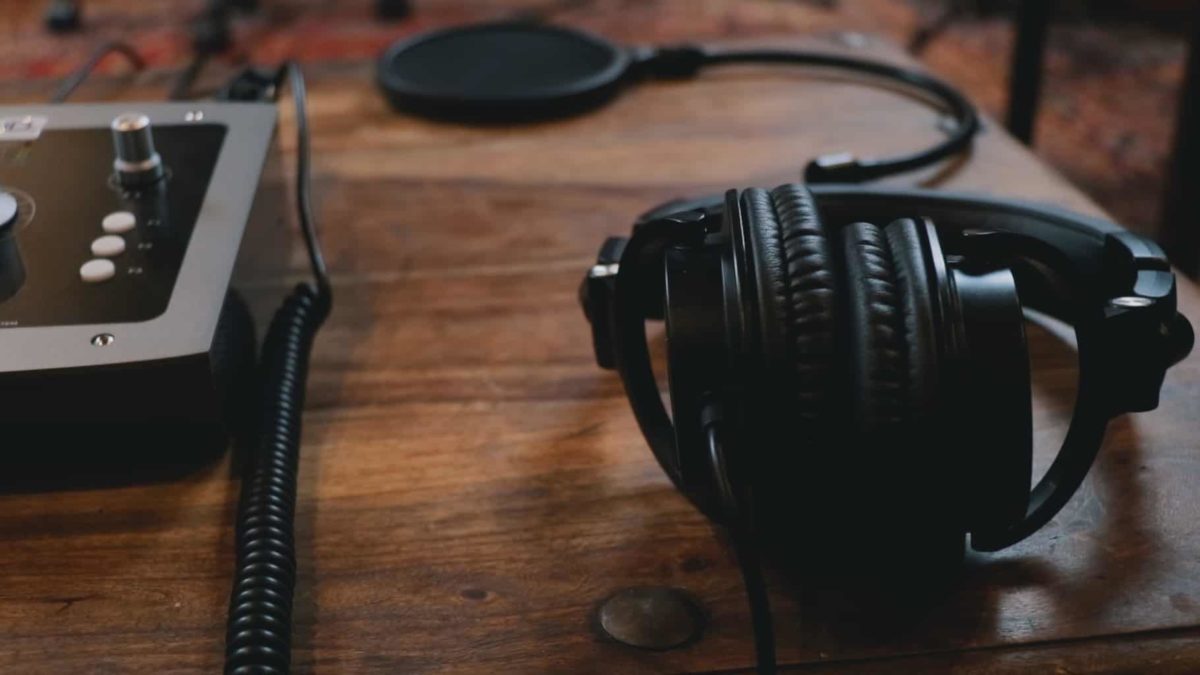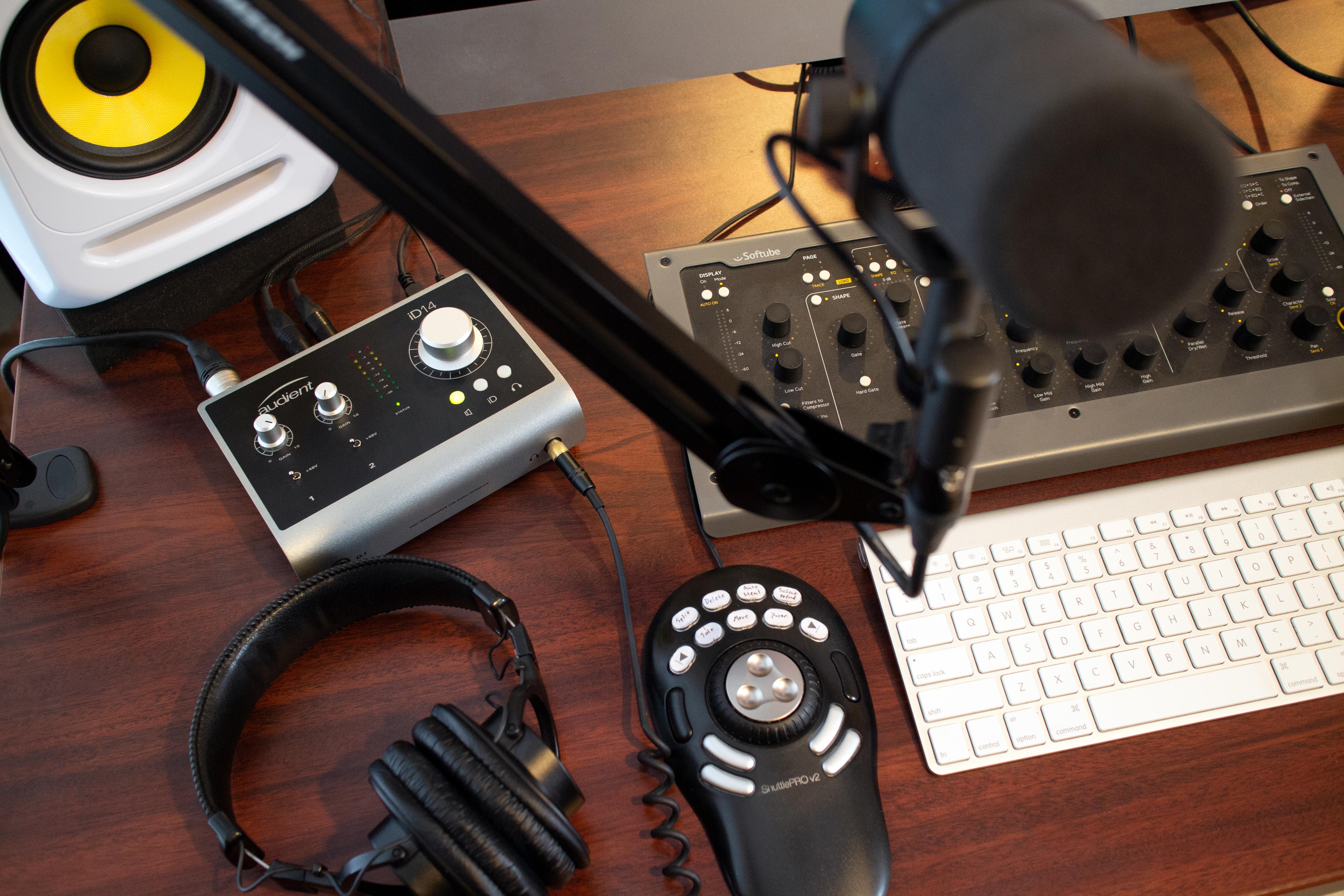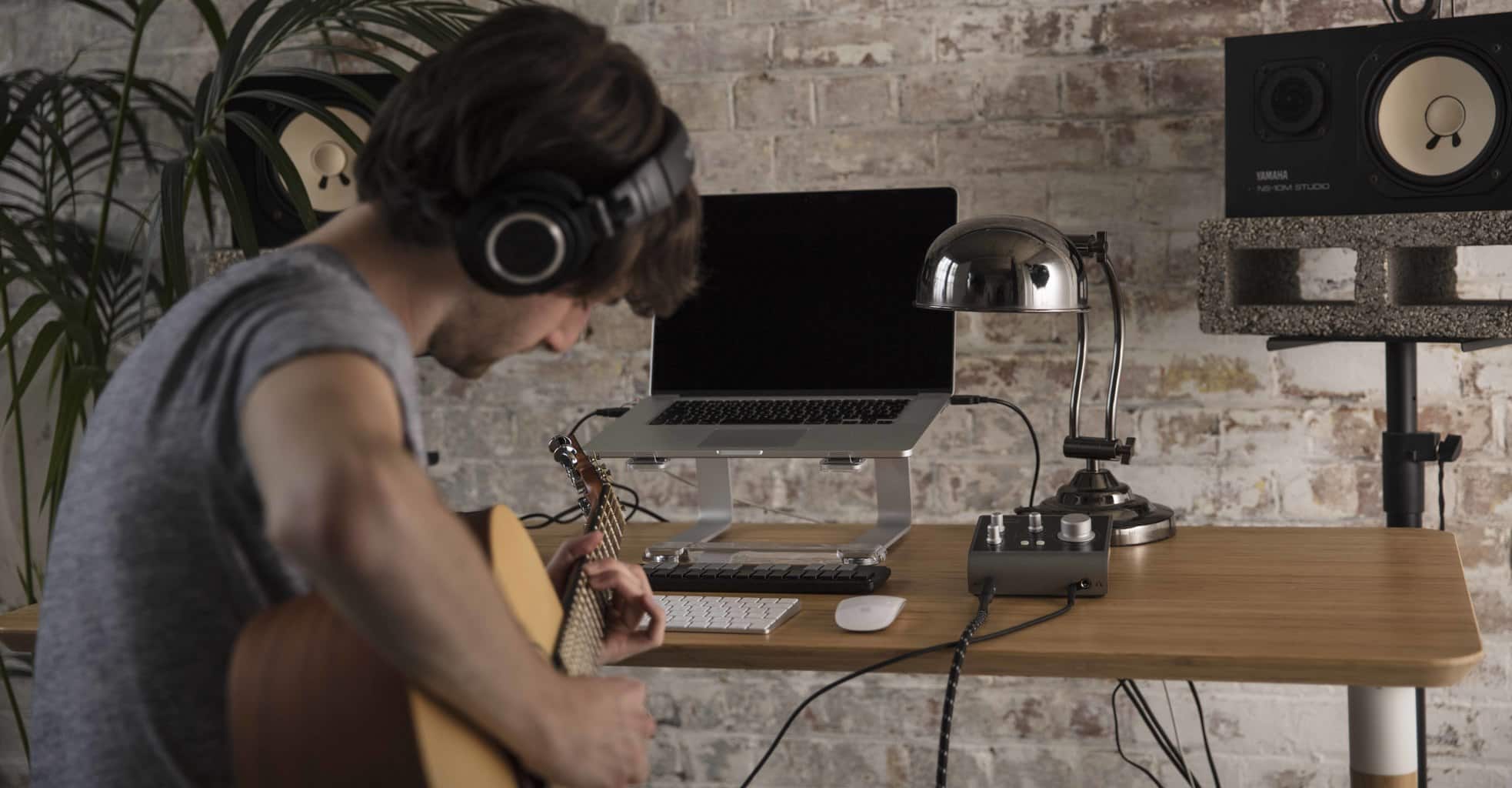Fundamental to the sounds of pop, EDM, house, techno, drum ’n’ bass, hip-hop and every other form of electronic music, synth bass is something every modern producer needs to master the art of. Here are half a dozen pointers to get you on the right track.

Written by EVO
Make sure the synth itself is suitable for the sound you’re after
While the bass guitar is highly predictable in its general tone and quality (playing nuances and production aside), synthesisers are capable of an effectively infinite range of noises, so it helps if you have at least a rough idea of the kind of sound you’re after before you get started, and select a synth that you know can deliver it.
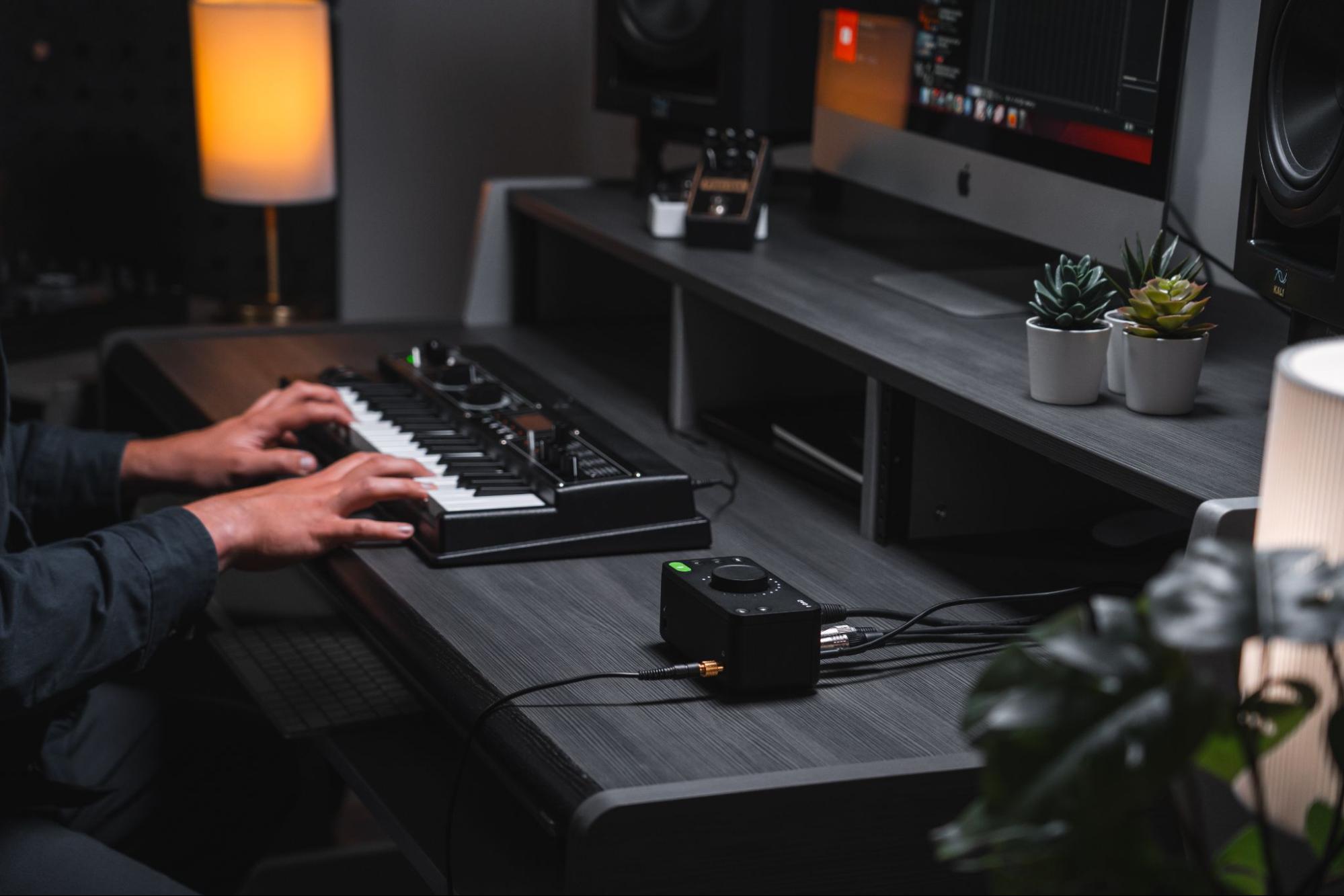
Central to this selection process is understanding the differences between the various synthesis techniques that might be employed, each of which lends itself to a certain style of bassline. Analogue synthesis, for example, should be your go-to for warm, comparatively simple, subby sounds, while FM (frequency modulation) synthesis is ideal for harder, brighter tones, and wavetable synthesis is always a great choice for heavily modulated, sinuous EDM and bass music b-lines. The differences can be confusing at first glance, but spend a bit of time with each style and you’ll soon develop an instinct for their distinctions and specialities.
Use a step sequencer
Many synths and almost all DAWs incorporate some kind of step or pattern sequencer, whether it’s in the form of a dedicated module, an advanced arpeggiator or a specialised LFO mode. Viewing these as merely less-capable alternatives to the piano roll MIDI editor is a mistake, especially when it comes to programming dance music basslines, which, being essentially monophonic and repetitive, are particularly well suited to sequencing.
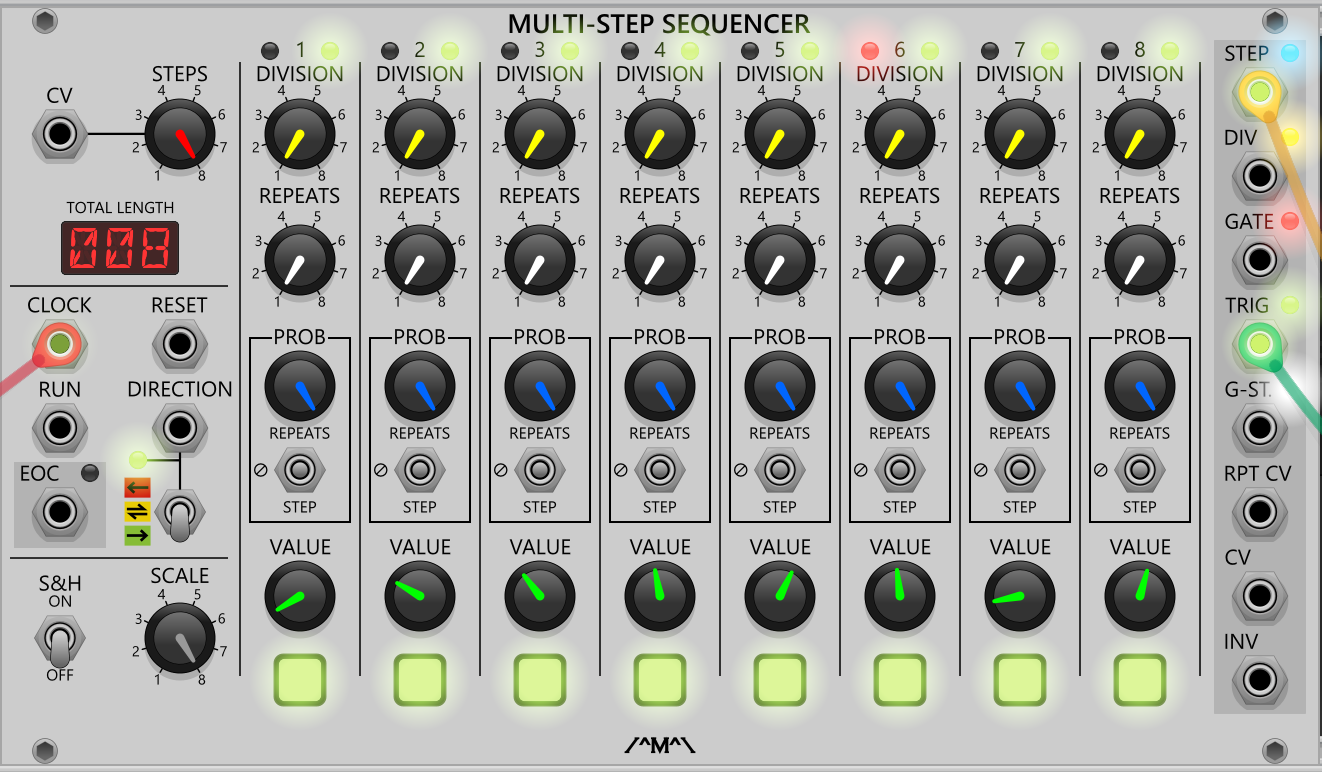
In fact, it’s the ‘limitations’ of your step sequencer that make it such a cool creative tool, as the way you interface with its particularly focused control set (pitch menus, accent and tie buttons, swing control, etc) will be nothing like moving notes around in the piano roll or recording MIDI parts on a keyboard, and should therefore yield very different end results. Give it a try!
Consider the kick drum
In any genre of music, the bassline and kick drum must always be approached and developed as a partnership, working together to provide the low-frequency foundations for the track as a whole. And with synth bass having more capacity for overwhelming the bottom of the mix than its electric or acoustic counterparts, ensuring that it dovetails perfectly with the kick is positively mission-critical. The most effective solution here is sidechain ‘ducking’, whereby a compressor is set up on the bass, with the kick drum keying its sidechain input so that the bass drops in volume briefly every time the kick hits. This not only allows the kick drum to come through loud and clear, but can also be exploited to enhance the overall groove of the rhythm section through adjustment of the compressor’s attack and release times.
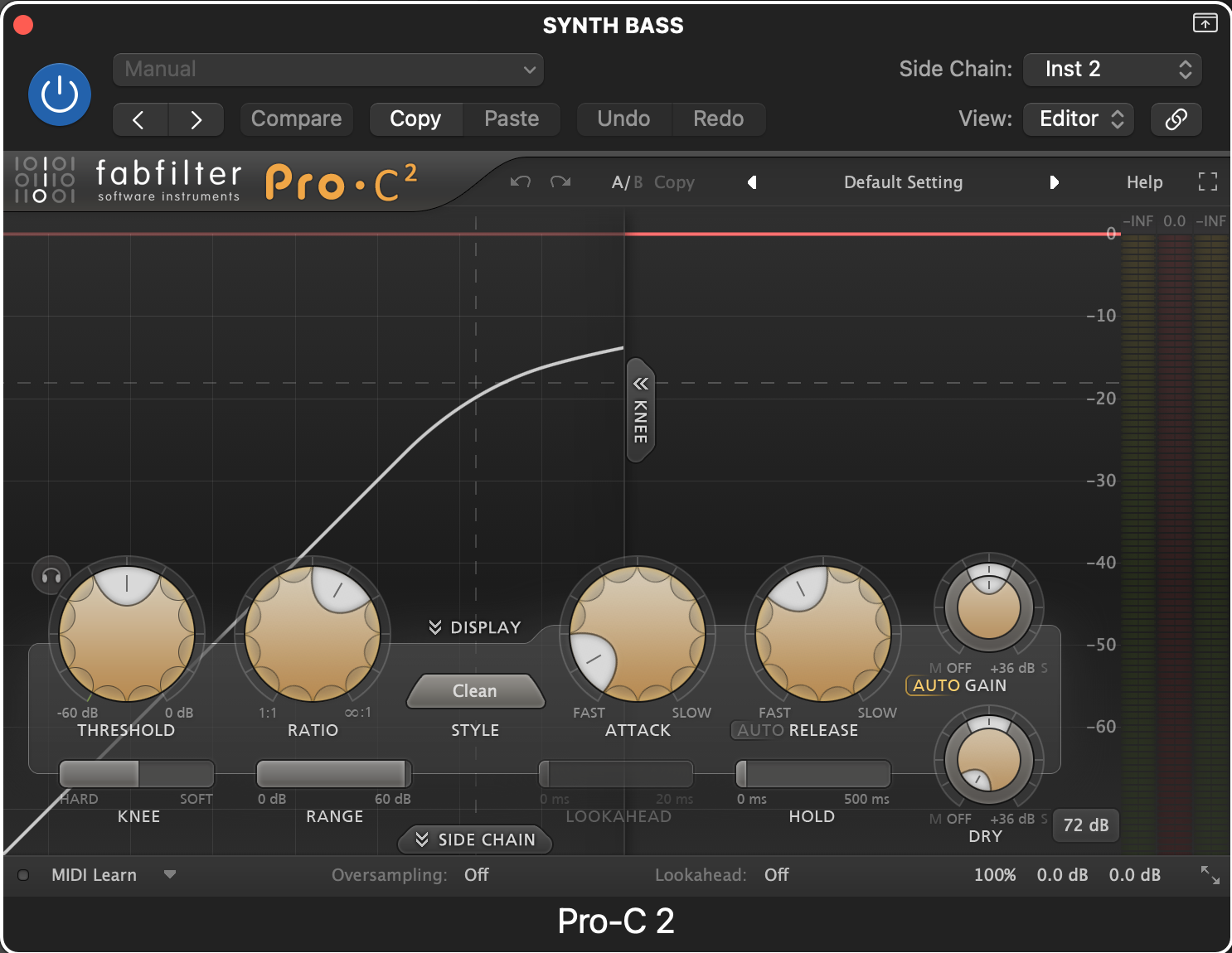
Bear in mind, too, that if your kick drum is also synthesised (a TR-808, for example), you’ll need to pay particular attention to the interaction between its decay tail – which might well serve as a sub-bass layer in its own right – and your bassline. If you’re getting all the sub you require from the kick, try sticking a high-pass filter on the bass, or vice versa.
Layer multiple synths for weight and character
Today’s power synths – the likes of Serum, Sylenth1, Omnisphere and Massive – are capable of conjuring up bass sounds of staggering depth and complexity, but if you really want your basses to stand out from the crowd, layering is key. Combining, say, a sub-bass layer (something almost every synth bassline should incorporate, incidentally) from an analogue synth with a mid layer from a wavetable instrument and an FM ‘attack’ layer, gives you a great deal more programming flexibility and scope than spreading the same load between the oscillators of a single synth. Your DAW will facilitate the triggering of multiple synths from a single MIDI track, and you can apply EQ and compression via a group bus to pull it all together into a single cohesive sonic entity.

Mixing in a layer of recorded or sample-based bass guitar can also be very effective for adding attack and low mid-range weight to a synth bassline. Keep it low in the mix and add it to the aforementioned group bus to bed it in with the synths – the idea is for the whole thing to present as one sound, remember, not an obvious stack of disparate elements.
Rough it up with distortion
Along with compression and EQ, one of the most useful effects in your synth bass production arsenal is distortion.
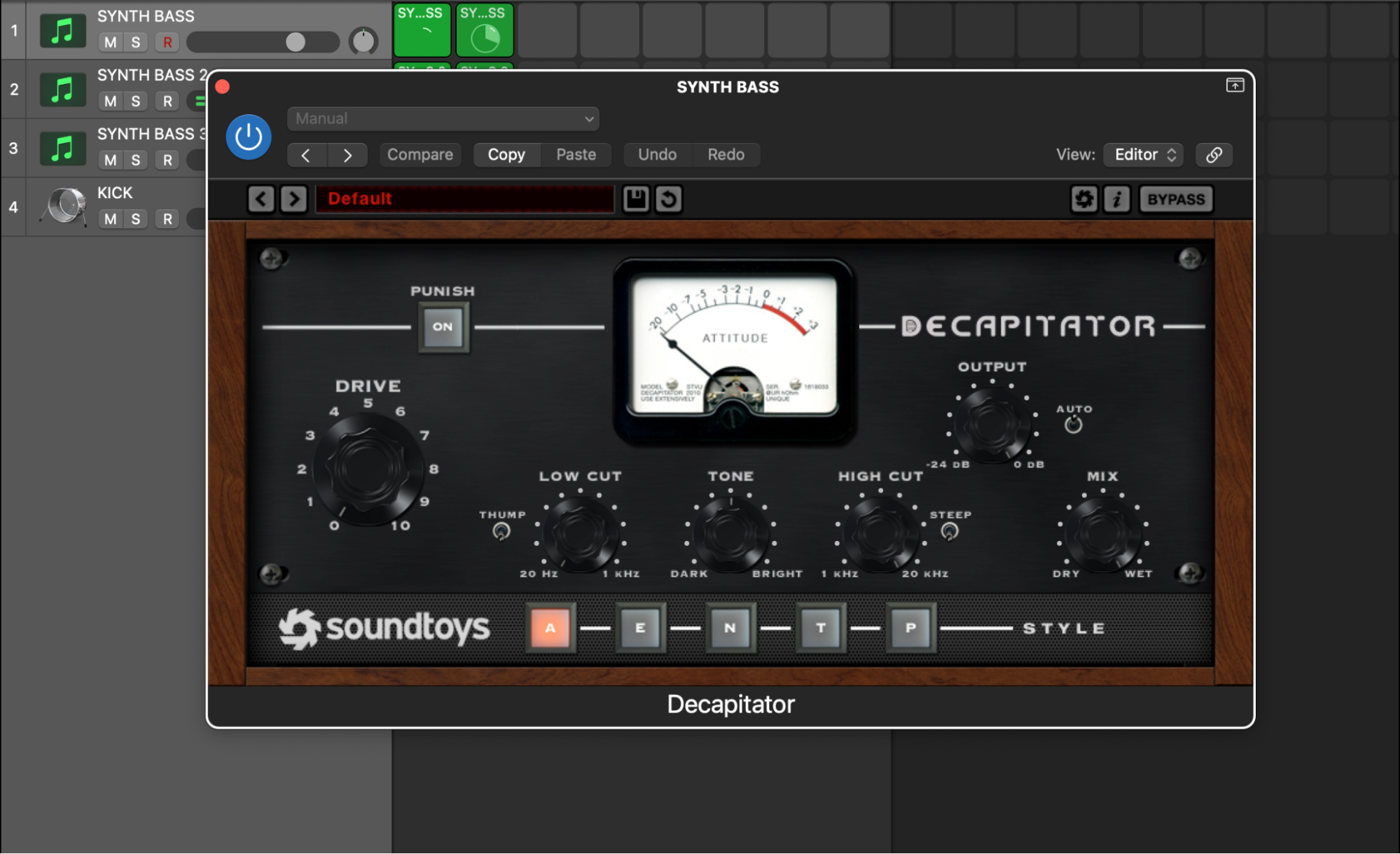
Even a small amount of analogue tube saturation or overdrive from a guitar amp simulation can make all the difference to an overly clean electronic bass tone, adding higher-frequency harmonics to give it considerably more presence in the mix. And when you need to really toughen up a bass, the more extreme forms of distortion, such as waveshaping and bitcrushing, can prove utterly transformative – although you might need to rebalance the all-important low end with those added mid and high frequencies using EQ and/or layering.
Be careful with stereo imaging
Like the kick and snare drums, your synth bass should always be panned to the centre of the stereo field, so as to not unbalance the mix. Equally important, though, is that its low frequencies are in mono, as the human ear can’t discern directionality accurately within that range, and many clubs use mono PA systems, which can lead to catastrophic phase issues with low-frequency stereo signals. If your synth bass patch is in stereo (as many are), though, you don’t have to switch the whole thing into mono to prevent such issues: simply use a ‘mono filter’ plugin or mid/side-capable EQ to mono-ise everything below around 200Hz. This enables you to keep the higher frequencies in stereo for any creative effects processing you might want to apply (chorusing, offset phasing, etc), without compromising the solidity and centrality of the bass overall.
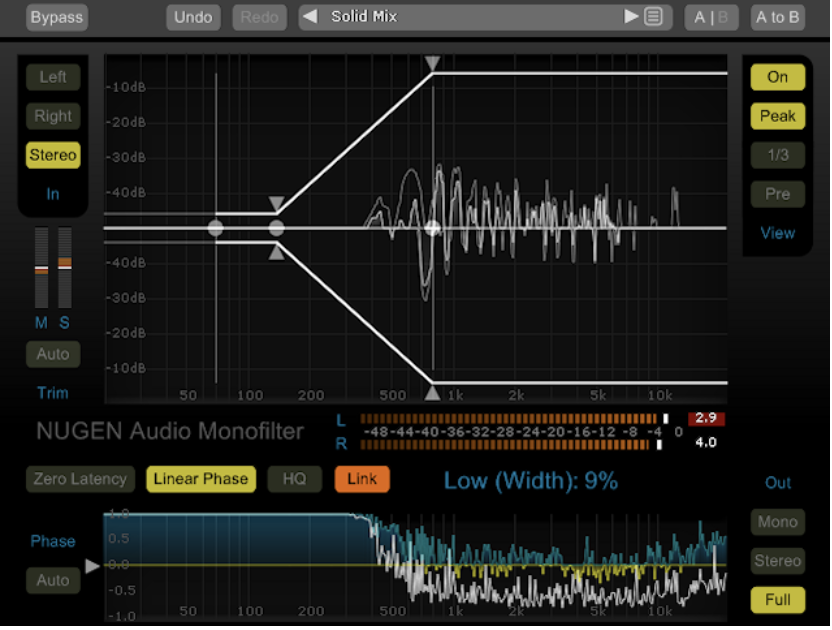
Related Articles
Fundamental to the sounds of pop, EDM, house, techno, drum ’n’ bass, hip-hop and every other form of electronic music, synth bass is something every modern producer needs to master the art of. Here are half a dozen pointers to get you on the right track.

Written by EVO
Make sure the synth itself is suitable for the sound you’re after
While the bass guitar is highly predictable in its general tone and quality (playing nuances and production aside), synthesisers are capable of an effectively infinite range of noises, so it helps if you have at least a rough idea of the kind of sound you’re after before you get started, and select a synth that you know can deliver it.

Central to this selection process is understanding the differences between the various synthesis techniques that might be employed, each of which lends itself to a certain style of bassline. Analogue synthesis, for example, should be your go-to for warm, comparatively simple, subby sounds, while FM (frequency modulation) synthesis is ideal for harder, brighter tones, and wavetable synthesis is always a great choice for heavily modulated, sinuous EDM and bass music b-lines. The differences can be confusing at first glance, but spend a bit of time with each style and you’ll soon develop an instinct for their distinctions and specialities.
Use a step sequencer
Many synths and almost all DAWs incorporate some kind of step or pattern sequencer, whether it’s in the form of a dedicated module, an advanced arpeggiator or a specialised LFO mode. Viewing these as merely less-capable alternatives to the piano roll MIDI editor is a mistake, especially when it comes to programming dance music basslines, which, being essentially monophonic and repetitive, are particularly well suited to sequencing.

In fact, it’s the ‘limitations’ of your step sequencer that make it such a cool creative tool, as the way you interface with its particularly focused control set (pitch menus, accent and tie buttons, swing control, etc) will be nothing like moving notes around in the piano roll or recording MIDI parts on a keyboard, and should therefore yield very different end results. Give it a try!
Consider the kick drum
In any genre of music, the bassline and kick drum must always be approached and developed as a partnership, working together to provide the low-frequency foundations for the track as a whole. And with synth bass having more capacity for overwhelming the bottom of the mix than its electric or acoustic counterparts, ensuring that it dovetails perfectly with the kick is positively mission-critical. The most effective solution here is sidechain ‘ducking’, whereby a compressor is set up on the bass, with the kick drum keying its sidechain input so that the bass drops in volume briefly every time the kick hits. This not only allows the kick drum to come through loud and clear, but can also be exploited to enhance the overall groove of the rhythm section through adjustment of the compressor’s attack and release times.

Bear in mind, too, that if your kick drum is also synthesised (a TR-808, for example), you’ll need to pay particular attention to the interaction between its decay tail – which might well serve as a sub-bass layer in its own right – and your bassline. If you’re getting all the sub you require from the kick, try sticking a high-pass filter on the bass, or vice versa.
Layer multiple synths for weight and character
Today’s power synths – the likes of Serum, Sylenth1, Omnisphere and Massive – are capable of conjuring up bass sounds of staggering depth and complexity, but if you really want your basses to stand out from the crowd, layering is key. Combining, say, a sub-bass layer (something almost every synth bassline should incorporate, incidentally) from an analogue synth with a mid layer from a wavetable instrument and an FM ‘attack’ layer, gives you a great deal more programming flexibility and scope than spreading the same load between the oscillators of a single synth. Your DAW will facilitate the triggering of multiple synths from a single MIDI track, and you can apply EQ and compression via a group bus to pull it all together into a single cohesive sonic entity.

Mixing in a layer of recorded or sample-based bass guitar can also be very effective for adding attack and low mid-range weight to a synth bassline. Keep it low in the mix and add it to the aforementioned group bus to bed it in with the synths – the idea is for the whole thing to present as one sound, remember, not an obvious stack of disparate elements.
Rough it up with distortion
Along with compression and EQ, one of the most useful effects in your synth bass production arsenal is distortion.

Even a small amount of analogue tube saturation or overdrive from a guitar amp simulation can make all the difference to an overly clean electronic bass tone, adding higher-frequency harmonics to give it considerably more presence in the mix. And when you need to really toughen up a bass, the more extreme forms of distortion, such as waveshaping and bitcrushing, can prove utterly transformative – although you might need to rebalance the all-important low end with those added mid and high frequencies using EQ and/or layering.
Be careful with stereo imaging
Like the kick and snare drums, your synth bass should always be panned to the centre of the stereo field, so as to not unbalance the mix. Equally important, though, is that its low frequencies are in mono, as the human ear can’t discern directionality accurately within that range, and many clubs use mono PA systems, which can lead to catastrophic phase issues with low-frequency stereo signals. If your synth bass patch is in stereo (as many are), though, you don’t have to switch the whole thing into mono to prevent such issues: simply use a ‘mono filter’ plugin or mid/side-capable EQ to mono-ise everything below around 200Hz. This enables you to keep the higher frequencies in stereo for any creative effects processing you might want to apply (chorusing, offset phasing, etc), without compromising the solidity and centrality of the bass overall.



